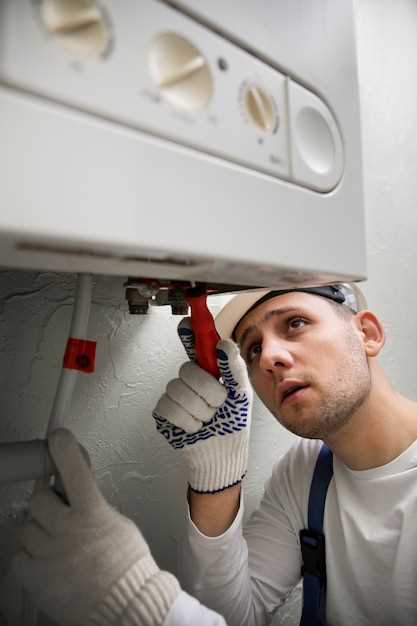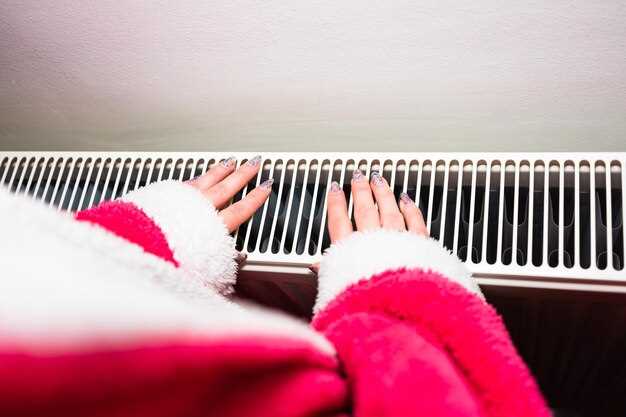
The heater core is an essential component of your vehicle’s heating system, responsible for providing warmth to the interior of your Corrado. When a leak occurs in the heater core, it can lead to a range of problems, including a foggy windshield, coolant loss, and even potential engine overheating. Addressing a heater core leak promptly is crucial for maintaining the comfort and safety of your driving experience.
Identifying a leak in the heater core can be challenging, as the symptoms often mimic other issues within the vehicle. Common signs include a sweet smell of coolant, damp carpets in the passenger area, and fluctuations in the heater’s performance. Once a leak is confirmed, the repair process becomes necessary to restore functionality and prevent further damage.
Repairing the heater core requires a systematic approach to ensure efficiency and effectiveness. This involves draining the cooling system, removing obstacles to gain access to the core, and either sealing the leak or replacing the core altogether. By following the correct procedures, you can successfully eliminate the leak and prevent any future issues related to overheating or coolant loss.
Identifying Signs of a Heater Core Leak
Being aware of the signs of a heater core leak is essential for maintaining the optimal performance of your vehicle’s heating system. A malfunctioning heater core can not only hinder the comfort of your car’s interior but can also lead to more serious mechanical issues if left unaddressed.
One of the most common indicators of a heater core leak is the presence of coolant inside the vehicle. If you notice a sweet smell or see a puddle of fluid on the passenger side floor, it may be a sign that the heater core is compromised. This leakage can cause your interior to become wet, resulting in unpleasant odors and potential mold growth.
Another symptom to look for is inconsistent heating. If your heater is blowing cold air when it should be providing warmth, it might be due to a disrupted flow of coolant through the core. An obstruction or damage to the core can prevent the efficient transfer of heat to the cabin, impacting the overall comfort during colder months.
Furthermore, a noticeable increase in temperature gauge readings can indicate that the coolant is not circulating properly due to a heater core issue. Overheating can cause severe engine damage, emphasizing the importance of early detection and repair.
Lastly, check for any visible signs of corrosion or rust around the heater core area. This could suggest that the core is beginning to fail, leading to potential leaks. Addressing these warning signs promptly will help maintain your vehicle’s heating system and protect your investment.
Removing the Dashboard and Accessing the Heater Core
To effectively repair a heater core leak in your Corrado, removing the dashboard is essential. This process allows direct access to the heater core, which is typically positioned behind the dashboard assembly.
Begin by disconnecting the battery to ensure safety during the procedure. Next, remove all necessary components that might obstruct dashboard removal, such as the steering column cover, radio, and air vents. Make sure to label any wiring harnesses and screws for better organization during reassembly.
Afterward, locate and remove the screws securing the dashboard to the vehicle frame. There are often hidden screws beneath trim pieces or around the edges, so carefully inspect these areas. Once all fasteners are removed, gently pry the dashboard away from the frame, taking care not to damage any clips or connectors.
With the dashboard lifted, you can now access the heater core. Check for visible signs of leakage around the core, which can appear as wet spots or coolant stains. If a leak is confirmed, proceed with removing the heater core from its housing. This usually involves disconnecting coolant hoses and unbolting the core from its mounting brackets.
Following the successful extraction of the heater core, inspect the unit for any damage or wear that may have contributed to the leak. A thorough inspection will help you decide if you need to replace the core or if patches can suffice.
Finally, reverse the steps to reassemble the dashboard, ensuring that all electrical connections and screws are secured properly. This methodical approach to removing the dashboard will facilitate an effective repair of the heater core while minimizing the risk of damaging surrounding components.
Testing and Cleaning the Heater Core
Testing the heater core is essential to ensure it is functioning correctly and to identify any potential leaks. Begin by examining the interior of the vehicle for any signs of coolant leakage, such as damp carpets or a sweet smell. These symptoms indicate that the heater core may be compromised.
To test the heater core, check the temperature of the hoses connected to it. Start the engine and let it warm up, then feel the inlet and outlet hoses. If both hoses are hot, the heater core is likely functioning properly. A cold outlet hose may signal a blockage or internal failure.
If a leak is suspected, a pressure test can be conducted using a cooling system pressure tester. This device pressurizes the cooling system and allows you to identify leaks in the heater core. Inspect the core for visible signs of coolant escaping or moisture accumulation.
To clean the heater core, a flushing procedure can be performed. Disconnect the hoses leading to the heater core and use a garden hose with a spray nozzle to flush the core in both directions. This process removes debris and blockages, helping to restore coolant flow. Always ensure that the heater core is flushed with clean water and reconnected securely afterward.
Once cleaning is complete, refill the cooling system with the appropriate coolant and check for leaks during the next operation of the heater. Regular testing and maintenance of the heater core will ensure a comfortable interior environment and efficient vehicle operation.
Patching or Replacing the Heater Core

When dealing with a heater core leak in a Corrado, the decision between patching and replacing the heater core is crucial. A heater core is responsible for providing warmth to the interior of the vehicle by circulating hot coolant from the engine. If a leak occurs, it can lead to reduced heating efficiency and potential damage to the interior components.
Patching the heater core may seem like a cost-effective solution for small leaks. It typically involves using sealants or epoxy designed for automotive applications. However, this is often a temporary fix and may not address underlying issues or larger leaks. Over time, patched areas can fail, leading to recurring problems and further complications.
On the other hand, replacing the heater core is a more comprehensive solution. This involves removing the old unit and installing a new or refurbished core. While this process can be labor-intensive and may require removing parts of the dashboard and other components, it ensures a long-lasting solution to the heating issue. A new heater core restores efficient heat transfer, improving comfort within the cabin and preventing potential coolant contamination inside the vehicle.
Overall, while patching may provide a quick fix, replacing the heater core is often the best course of action for reliable performance and to maintain the integrity of the vehicle’s interior.
Reinstalling Components and Ensuring Proper Seals

After addressing the heater core leak in your Corrado, the next crucial step is reinstalling the components while ensuring that all seals are correctly aligned and functioning. Begin by carefully placing the heater core back in its designated location, making sure it fits snugly without any misplaced brackets or mounts. This prevents any potential movement that could lead to future leaks.
As you reinstall the surrounding components, check each gasket and O-ring for wear or damage. Old seals can compromise the integrity of your repair and lead to fluid leaks. Replace any worn seals with high-quality replacements to maintain a proper barrier against coolant loss. Apply a suitable sealant if necessary to enhance the sealing capabilities of the connections.
Once all components are back in place, it’s vital to ensure that all attaching bolts and screws are tightened to the manufacturer’s specifications. Over-tightening can cause damage, while under-tightening may result in unwanted gaps that can lead to leaks. Take time to double-check connections, especially around the heater core and any hoses that connect to it.
After everything is securely assembled, refill the cooling system with the appropriate coolant. Start the engine and allow it to reach operating temperature while monitoring for any signs of leakages around the newly installed heater core. If everything appears to be functioning properly, perform a final inspection after a short drive to ensure that no residual leaks develop.
Refilling Coolant and Testing for Leaks
After successfully repairing the heater core leak in your Corrado, it’s essential to refill the coolant and test for any potential leaks. This process will ensure that the heating system functions efficiently and that the interior remains comfortable throughout the driving experience.
Follow these steps to refill the coolant:
- Allow the engine to cool completely before starting the process to prevent burns or injuries.
- Locate the coolant reservoir and remove the cap. This will relieve any pressure that may have built up.
- Using a funnel, slowly pour the appropriate type of coolant into the reservoir. Ensure that the coolant is compatible with your vehicle’s specifications.
- Fill the reservoir until it reaches the recommended level marked on the side of the container.
Once the coolant is refilled, it’s time to test the system for leaks:
- Start the engine and let it idle for a few minutes. This allows the coolant to circulate through the heater core and the rest of the system.
- Check the interior of the vehicle for any signs of moisture or an unusual smell, which may indicate a coolant leak.
- Inspect the area around the heater core and the coolant reservoir for any visible leaks. Look for puddles, wet spots, or dripping fluid.
- After the engine reaches operating temperature, rev it slightly and observe the coolant temperature gauge to ensure it stays within the normal range.
- Allow the engine to cool down, then re-check the coolant level in the reservoir. If it has dropped, this may suggest a leak in the system.
By refilling the coolant properly and thoroughly testing for leaks, you ensure that your heater operates efficiently, keeping the interior of your Corrado warm and comfortable, especially during colder months.










